Whether managing newly diagnosed diabetes, evaluating thyroid nodules, or addressing hormonal imbalances, delays in care can lead to worsening symptoms, increased ER visits, and higher costs. But referral backlogs and administrative slowdowns often stand in the way.
Fortunately, AI is now helping endocrine clinics reduce the time from referral receipt to first treatment—dramatically improving access and outcomes.
The Problem: Referral Delays in Endocrine Care
The average wait time to see an endocrinologist in the U.S. is over 37 days, according to Merritt Hawkins. For some patients, it’s even longer—especially in rural areas or for Medicaid populations.
Why the delays?
- Manual fax processing slows referral intake.
- Missing referral info (labs, clinical notes, demographics) causes bottlenecks.
- Phone tag for scheduling creates friction for patients and staff.
- Prior authorizations can stall treatment plans by days or weeks.
These lags hurt not just patients, but also providers trying to meet quality metrics, reduce hospitalizations, and deliver value-based care.
How AI Speeds Up the Referral-to-Treatment Journey
AI platforms like Honey Health can transform how referrals move through your clinic by automating several key stages:
1. Automated Referral Intake and Sorting
AI can scan incoming faxes and documents, classify them as referrals, and extract key information:
- Referring provider and contact
- Patient demographics
- Reason for referral
- Relevant labs or imaging
This eliminates the need for a staff member to read and route every referral manually.
2. Missing Info Detection
The AI can detect if a referral lacks critical elements (e.g., recent TSH lab, imaging report, insurance data), and automatically flag it for follow-up—or even initiate a smart fax request.
3. Prioritization Based on Clinical Urgency
Using NLP, AI can highlight high-risk referrals (e.g., suspected thyroid cancer, uncontrolled diabetes with ketoacidosis history) and prioritize scheduling.
4. EHR Integration and Smart Scheduling
AI assistants can initiate the intake process, send appointment links to patients, and fill available slots based on urgency, location, and provider availability.
5. Streamlined Prior Auths
With prior authorization automation, the AI can prepare drafts, pull necessary documentation, and submit forms through payer portals—accelerating care start dates.
Real Impact on Time-to-Treatment
Clinics using Honey Health’s AI have reported:
- 60–70% faster referral processing times
- 35% reduction in time from referral to scheduled visit
- Full EHR integration, enabling intake without opening a fax machine
- Fewer delays due to missing paperwork
“Before AI, we were 3 weeks out just to call patients back after a referral. Now we’re booking within 48 hours in most cases,” said the clinic coordinator at a 5-provider endocrinology group in Chicago.
Why It Matters
- For patients with brittle diabetes, faster intervention prevents ER visits.
- For thyroid nodules or adrenal tumors, delayed imaging and follow-up can result in missed cancers.
- For providers, time-to-treatment is increasingly tied to value-based metrics and reimbursement.
AI is not just a tech upgrade—it’s a care accelerator.
Final Thought
Reducing time-to-treatment in endocrinology is both a clinical imperative and an operational opportunity. AI makes it possible to move faster without adding staff—by automating the slowest parts of your process.

.png)
